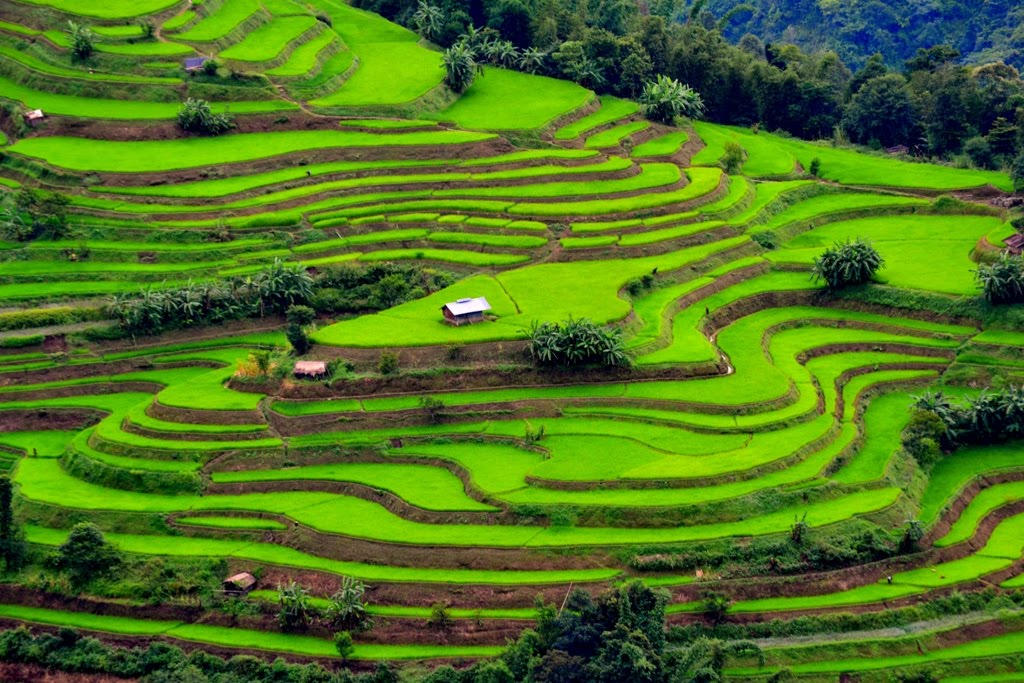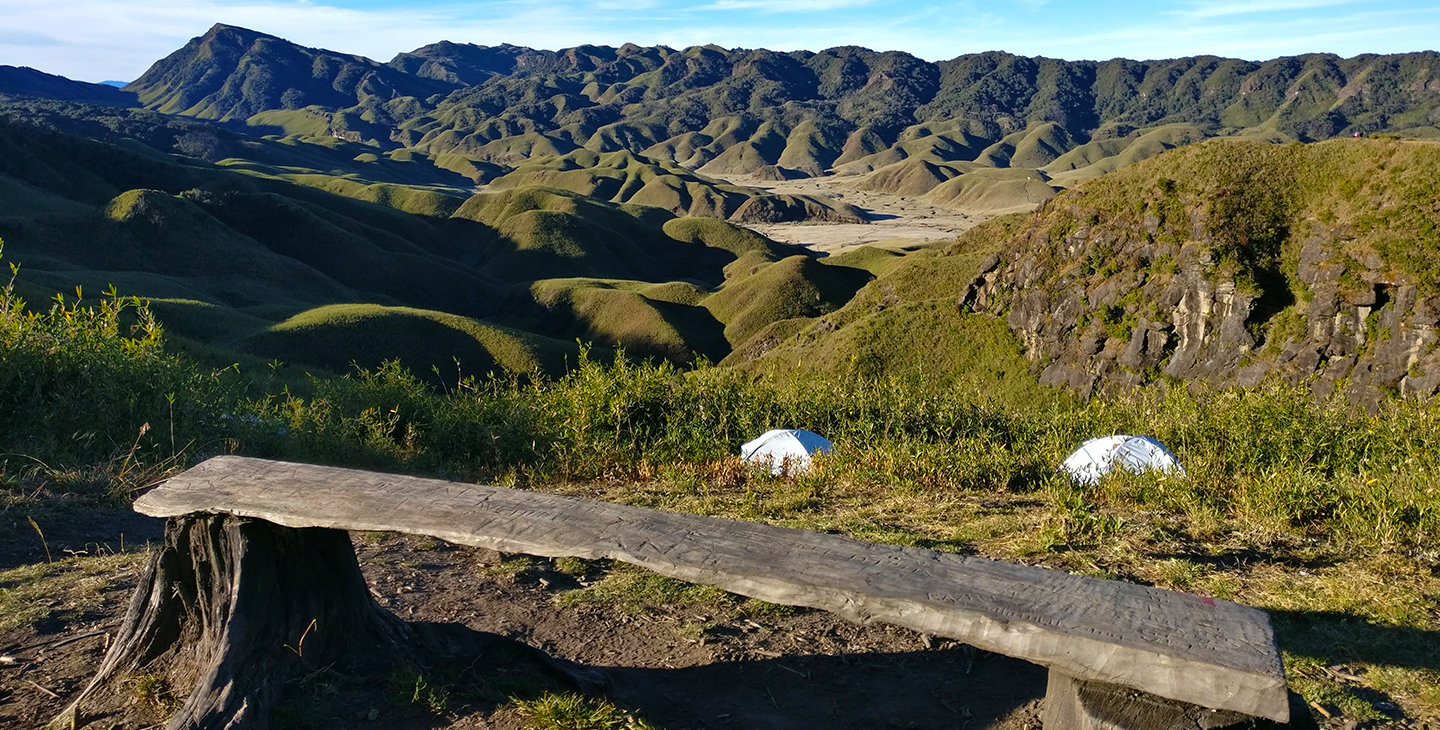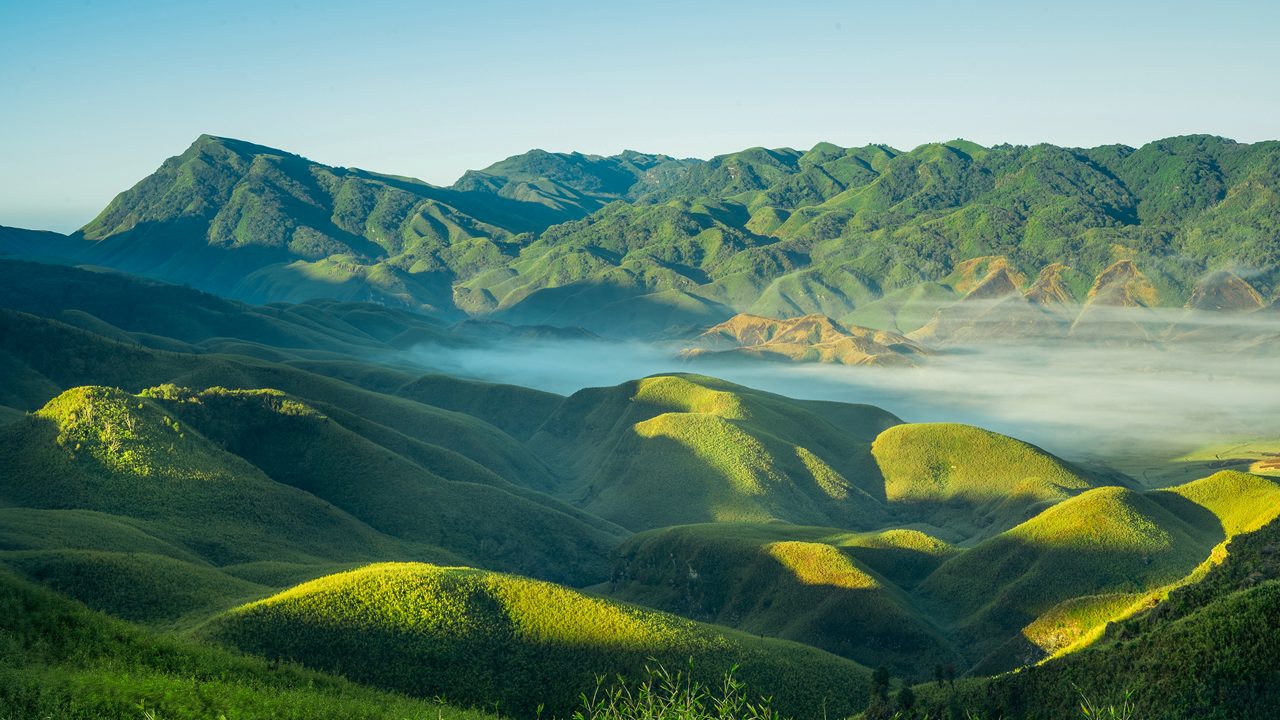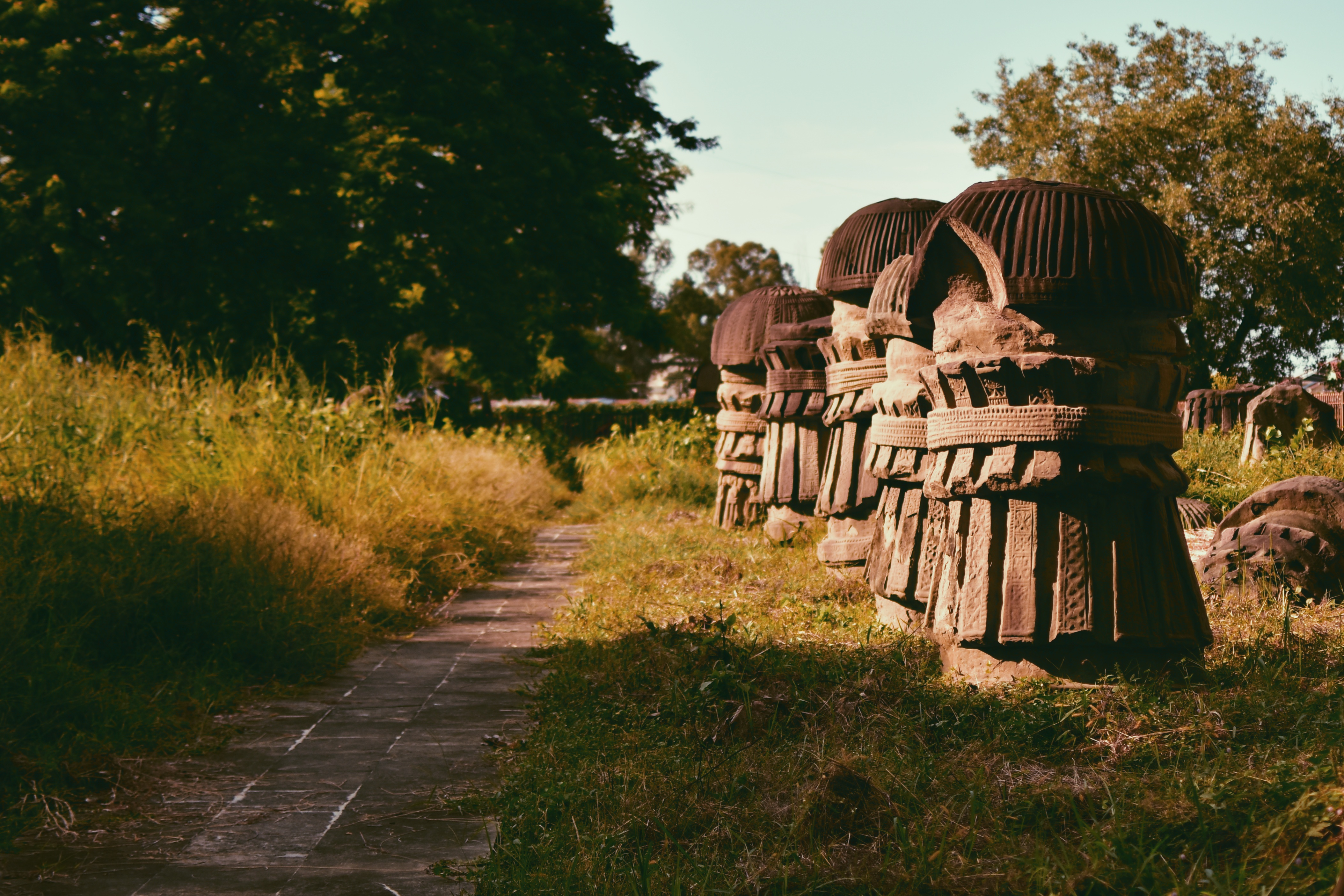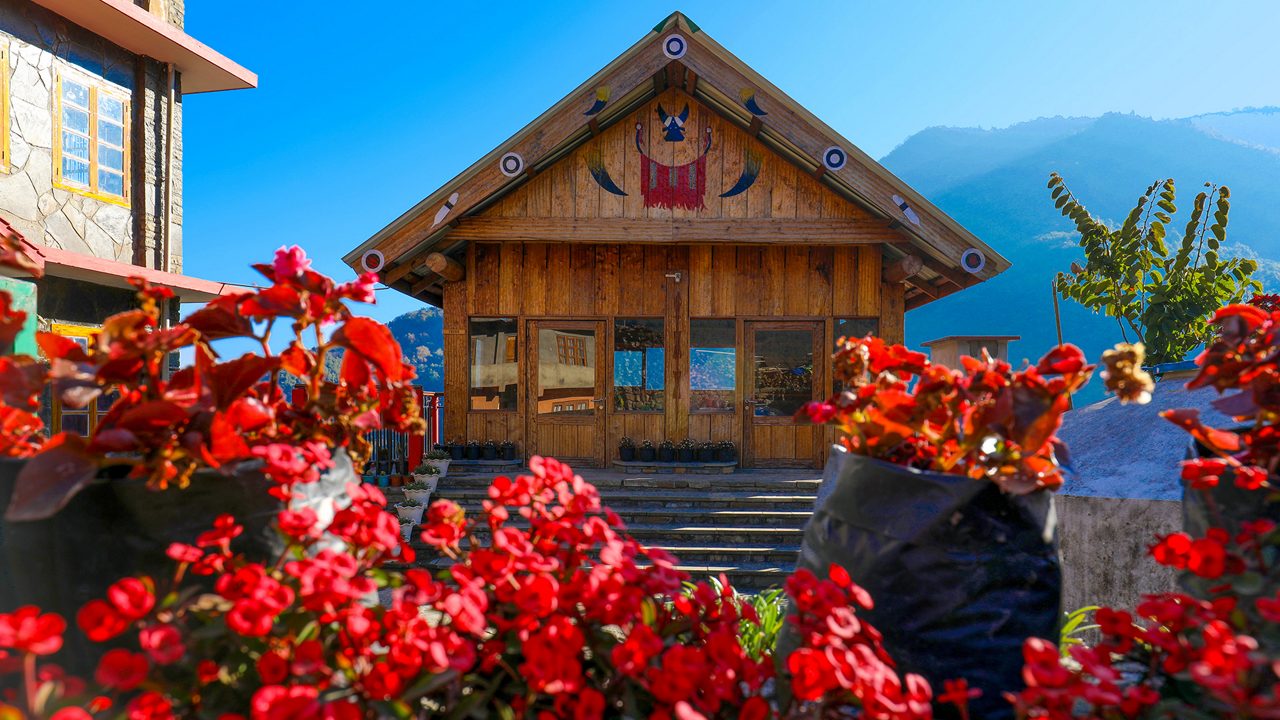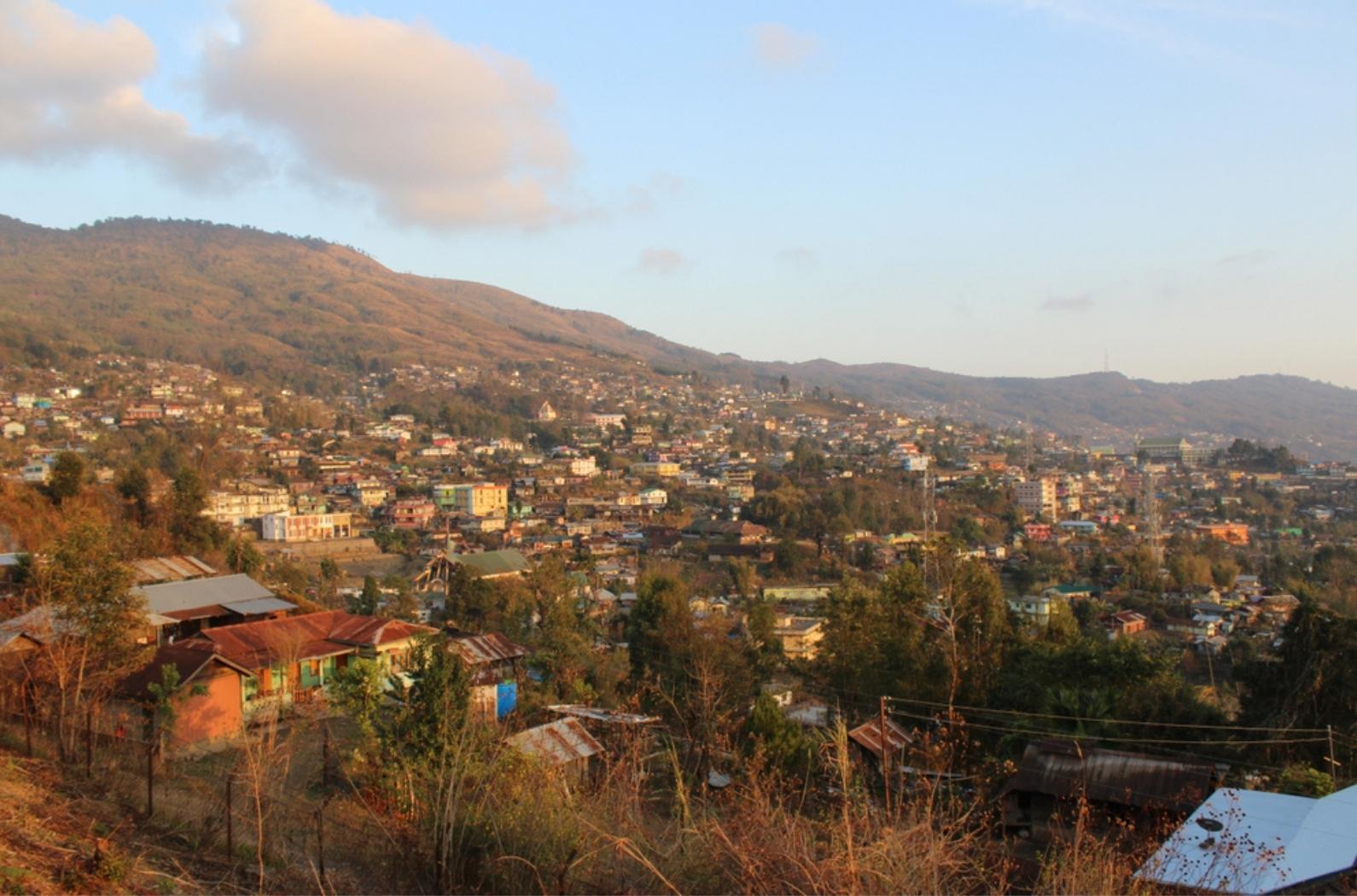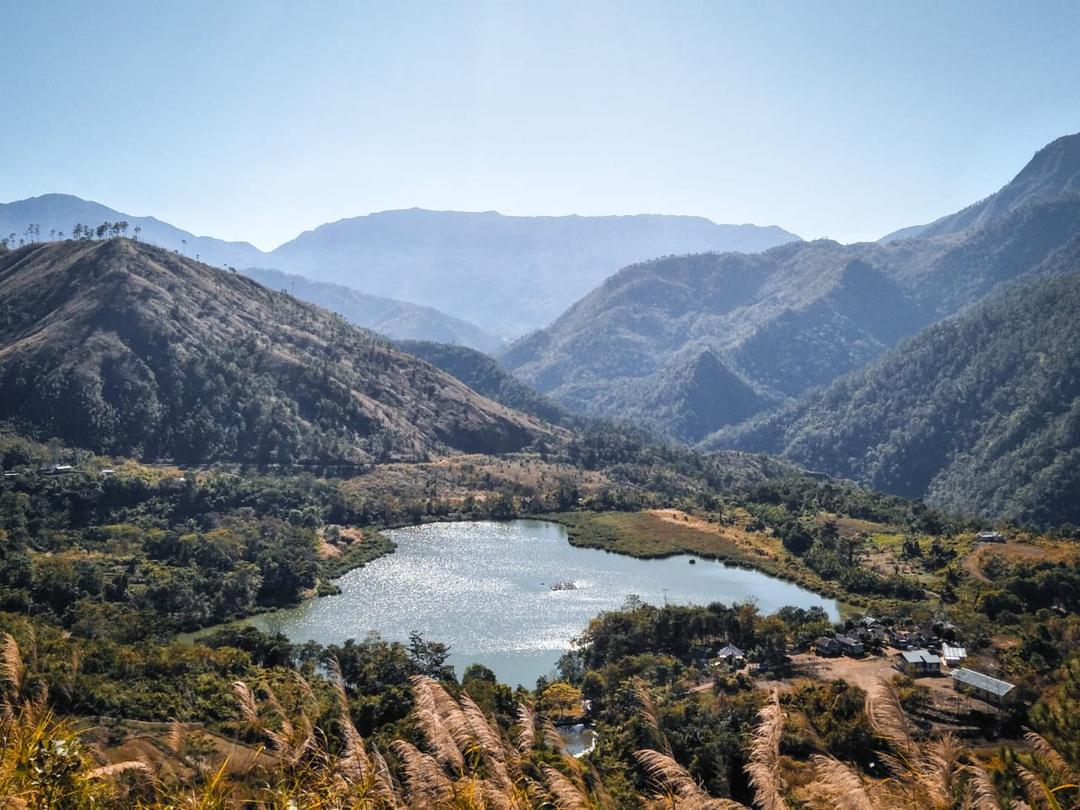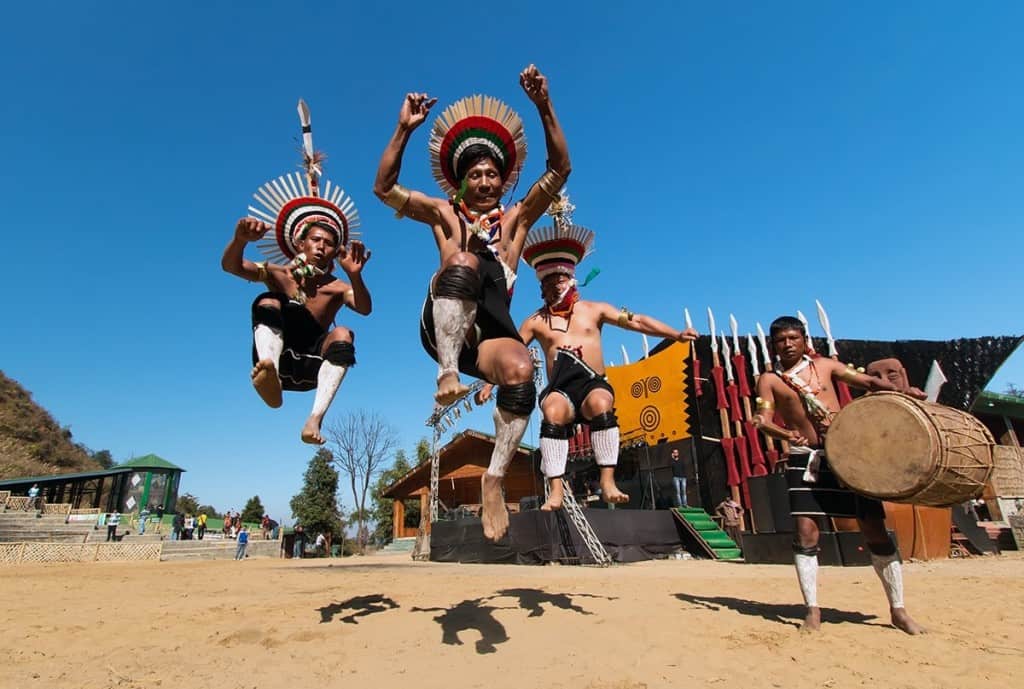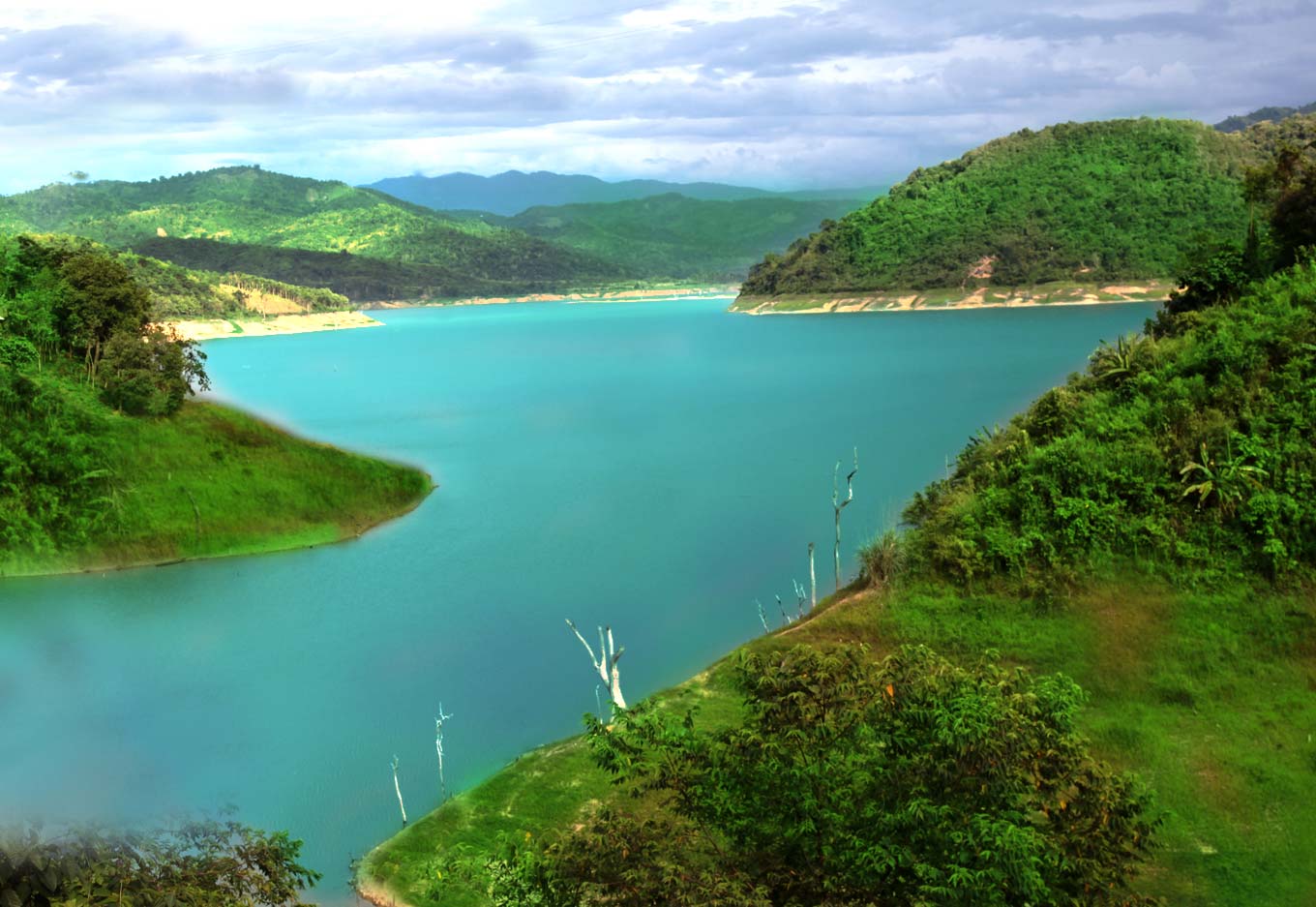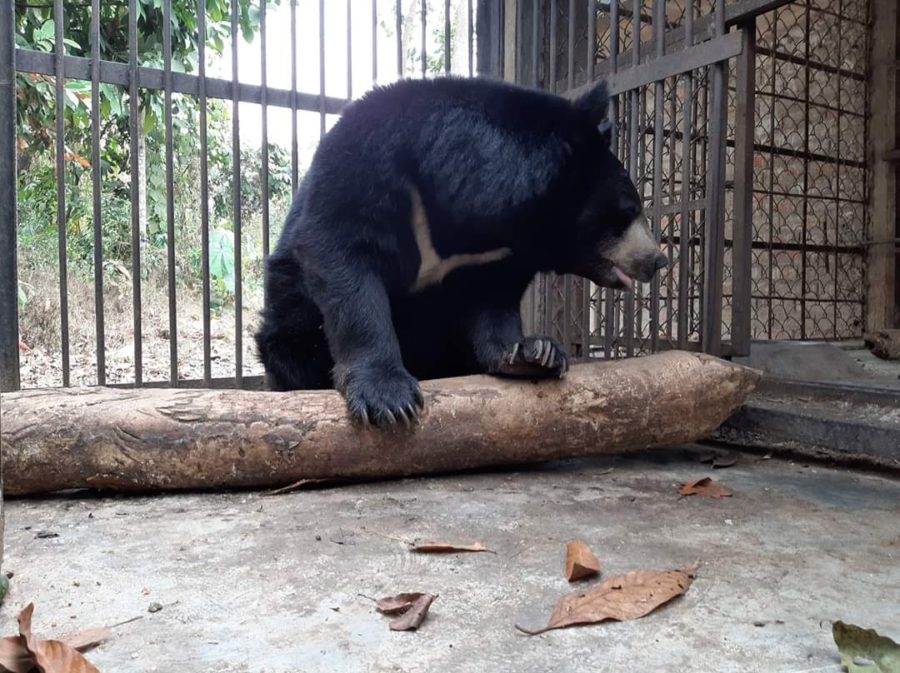
Nagaland Zoological Park, located near Dimapur, is a vibrant showcase of the state’s incredible biodiversity, thoughtfully designed to recreate natural habitats for its inhabitants. Spread across lush greenery, the park serves as both a conservation hub and an educational space, where visitors can learn about the unique wildlife of Nagaland and the Northeast. Its serene pathways, shaded by towering trees, make for a peaceful escape from the bustle of city life.
The park is home to an impressive variety of species, from majestic big cats like leopards to endangered birds such as the hornbill, Nagaland’s state bird. You’ll also find rare reptiles, primates, and herbivores that reflect the region’s rich ecological heritage. The enclosures are designed with care, ensuring the animals’ well-being while offering visitors an intimate view of their natural behaviors.
More than just a tourist spot, the Nagaland Zoological Park plays an active role in wildlife conservation, breeding programs, and awareness campaigns. It is an ideal destination for families, students, and anyone curious about the Northeast’s natural treasures. The tranquil surroundings, combined with the park’s commitment to protecting wildlife, make it a place worth visiting.
For photography enthusiasts, Nagaland Zoological Park is a dream, offering countless opportunities to capture striking images of exotic animals against a backdrop of lush forests and vibrant flora. The early morning hours, in particular, bring a magical light and increased animal activity, making it the perfect time to witness the park’s beauty in its most lively form.
Adding to the experience, the park also features well-maintained picnic spots and resting areas, allowing visitors to relax and soak in the sights and sounds of nature. This blend of leisure and learning makes it not just a wildlife destination but also a rejuvenating retreat for people of all ages.
Best time to visit: October to May
